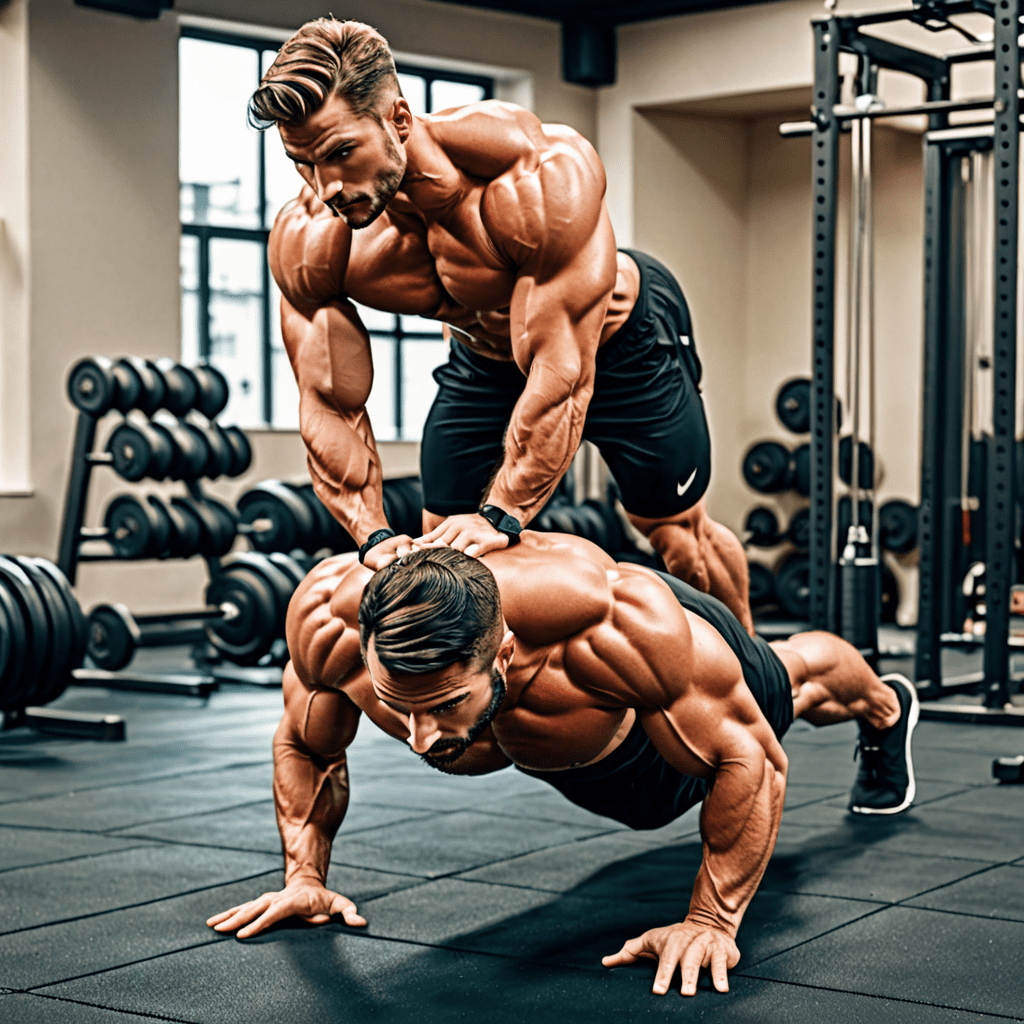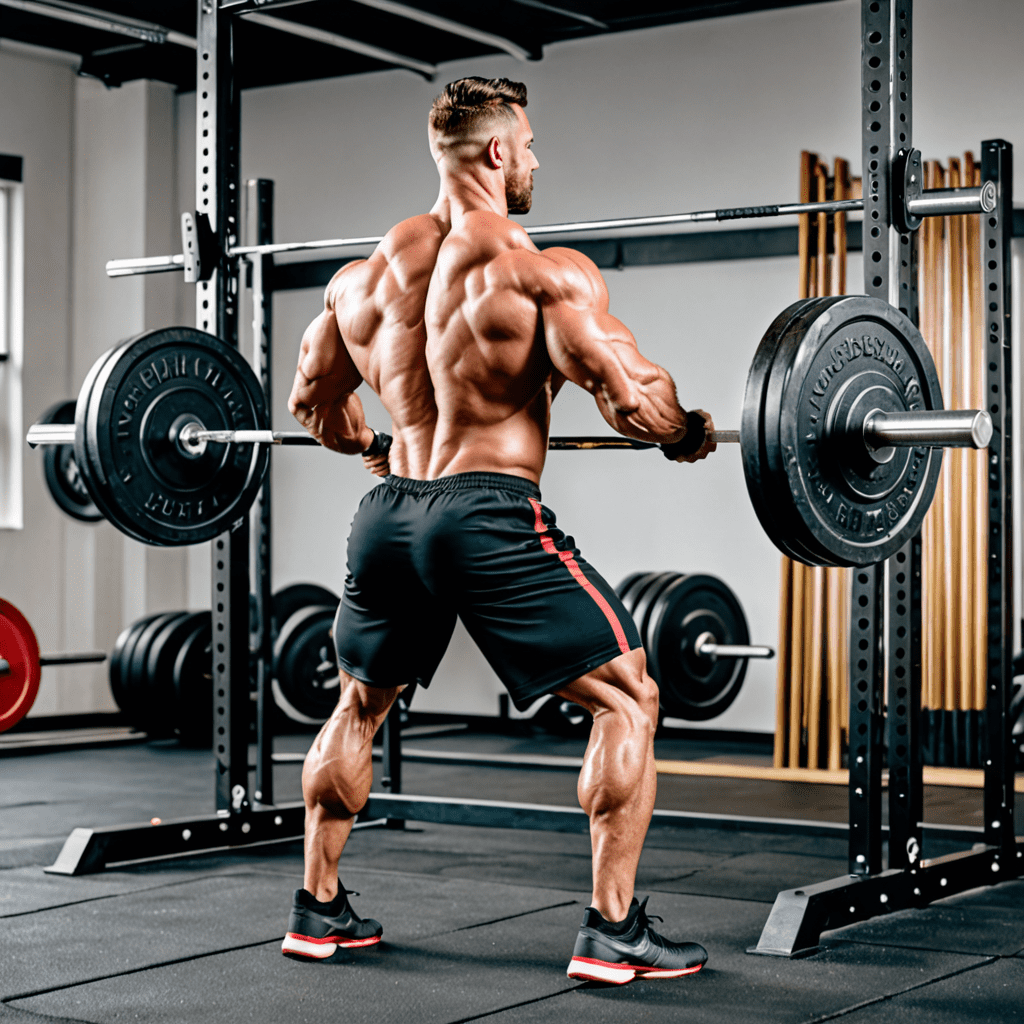
Posture and Fitness Goals: Aligning for Success
Introduction
Good posture is often overlooked when it comes to fitness, but it plays a vital role in achieving your fitness goals and maintaining overall well-being. Understanding the importance of posture and its impact on your health, as well as identifying common posture problems and effective strategies for improvement, can help you align your fitness journey with the goal of achieving optimal body mechanics and maximizing results.
Definition of Posture
Posture refers to the way you hold your body when sitting, standing, or lying down. It is the alignment of your bones, muscles, and joints, encompassing the position of your head, neck, shoulders, back, hips, and legs. Proper posture maintains the natural curves of your spine and distributes your weight evenly across your body.
Importance of Posture for Fitness Goals
Maintaining good posture is essential for achieving your fitness goals for several reasons. It helps improve:
Balance and Coordination: Proper posture allows for optimal weight distribution, providing a solid foundation for movement and enhancing balance and coordination. This is crucial for activities like running, dancing, or any sport requiring quick and agile movements.
Joint Stability and Flexibility: Good posture helps align your joints, ensuring they move within their intended ranges, preventing imbalances and reducing the risk of injuries. Additionally, it promotes flexibility by keeping your muscles loose and elongated.
Injury Prevention: Poor posture can strain muscles, misalign joints, and put excessive stress on specific areas, increasing your risk of developing injuries. Maintaining proper posture minimizes these risks, allowing you to train harder and longer.
Relationship between Posture and Overall Health and Wellbeing
Beyond maximizing your fitness performance, good posture also plays a significant role in your overall health and well-being. It improves breathing and circulation by ensuring efficient oxygen and nutrient flow throughout your body. Additionally, good posture boosts confidence and self-esteem, making you appear taller, slimmer, and more poised.
Conclusion
Posture is a crucial element often neglected in fitness pursuits. Understanding the importance of good posture, identifying potential postural problems, and implementing strategies for improvement can significantly enhance your fitness goals and contribute to your overall health and well-being. Aligning your posture with your fitness journey will pave the way for optimal body mechanics, maximizing performance and minimizing injury risks, ultimately leading you towards achieving your desired fitness level effectively and safely.
Common Posture Problems
Rounded Shoulders
Rounded shoulders, also known as slouching, occurs when your shoulders slump forward and round inward. This can be caused by weak back muscles, prolonged sitting in poor posture, or hunched posture while using electronic devices.
Excessively Arched Back (Hyperlordosis)
Hyperlordosis refers to a condition where the lower back curves excessively inward, creating a swayback appearance. This can be caused by weak abdominal muscles, tight hip flexors, or pregnancy.
Flat Back (Hypolordosis)
Hypolordosis occurs when the natural curve of the lower back is straightened or even reversed. This can be caused by tight hamstrings, weak core muscles, or prolonged sitting with poor posture.
Forward Head Posture
Forward head posture describes the position where the head extends forward and out of alignment with the shoulders. This can be caused by hunching over while using electronic devices, weak neck muscles, or poor workstation setup.
Pelvic Tilt
Pelvic tilt refers to the inclination of the pelvis, either anteriorly (forward) or posteriorly (backward). This can be caused by weak core muscles, tight hip flexors, or leg length discrepancies.
Identifying Posture Problems
Self-Assessment
You can perform a self-assessment for posture problems by standing in front of a mirror or taking photos from different angles. Observe your alignment and check for any of the common posture problems mentioned above.
Professional Evaluation
A physical therapist or chiropractor can conduct a thorough physical assessment to identify specific posture problems and determine their underlying causes. They can also recommend personalized exercises and corrective strategies.
Strategies for Improving Posture
Stretching and Strengthening Exercises
Targeted stretching and strengthening exercises can help address muscle imbalances and improve overall posture. Regular stretching can lengthen tight muscles, while strengthening exercises can improve muscle tone and support proper alignment.
Ergonomics and Proper Workstation Setup
Creating an ergonomic workstation with proper chair height, back support, and monitor placement can help reduce strain on your neck, shoulders, and back. Regularly taking breaks to stand up and move around can also help prevent posture-related issues.
Mindfulness and Awareness
Developing body awareness is crucial for improving posture. Pay attention to your posture throughout the day, whether sitting, standing, or walking. Remind yourself to maintain proper alignment and correct any slouching or imbalances.
Wearing Supportive Footwear
Wearing supportive footwear with good arch support and cushioning can help align your body and reduce strain on your back and joints. Avoid wearing high heels for extended periods.
Utilizing Posture-Correcting Devices (Optional)
Posture-correcting devices, such as braces or straps, can provide additional support and feedback to help maintain proper alignment. However, it's important to consult with a healthcare professional before using such devices, as they may not be suitable for everyone.
Fitness Goals Aligned with Posture
Choosing Exercises that Promote Good Posture
When choosing exercises for your fitness routine, prioritize those that promote good posture, such as yoga, Pilates, swimming, and weightlifting exercises that engage multiple muscle groups simultaneously.
Focusing on Proper Form and Technique
Maintain proper form and technique during all exercises to avoid putting unnecessary stress on your joints and muscles. Work with a certified personal trainer or fitness instructor to learn correct form and adjust exercises as needed.
Incorporating Core Strengthening Exercises
Core strengthening exercises help stabilize your spine and pelvis, improving overall posture and reducing the risk of injuries. Include exercises that target your abdominal muscles, lower back, and hips.
Maintaining a Balanced Fitness Routine
A balanced fitness routine that incorporates a variety of exercises, including cardio, strength training, and flexibility exercises, can help address different aspects of posture and overall fitness.
Benefits of Aligning Posture with Fitness Goals
Improved Athletic Performance
Good posture improves balance, coordination, and joint stability, leading to enhanced athletic performance in various sports and activities.
Reduced Risk of Injury
Maintaining proper posture reduces strain on your muscles and joints, minimizing the risk of developing overuse injuries or strains.
Enhanced Overall Health and Well-being
Good posture improves breathing, circulation, digestion, and overall well-being, leading to increased energy levels and reduced pain.
Increased Confidence and Self-esteem
Maintaining good posture makes you appear taller, slimmer, and more poised, boosting confidence and self-esteem.
Conclusion
Posture plays a vital role in achieving your fitness goals and maintaining overall well-being. By understanding the importance of good posture, identifying potential problems, and implementing effective strategies for improvement, you can optimize your fitness journey and experience numerous benefits. Align your posture with your fitness goals to maximize results, minimize injury risks, and enhance your overall health and confidence.
Frequently Asked Questions (FAQ)
What are the long-term consequences of poor posture?
Poor posture can lead to chronic pain, muscle imbalances, joint degeneration, and an increased risk of developing conditions like osteoarthritis.
How can I maintain good posture while sitting at a desk?
Use an ergonomic chair with good back support, adjust your monitor to eye level, and keep your feet flat on the floor. Take frequent breaks to stand up and move around.
Can posture correction exercises improve my height?
While posture correction exercises won't make you physically taller, they can help you stand straighter and appear taller by improving your overall alignment.
Is yoga effective for improving posture?
Yoga is an excellent form of exercise for improving posture. It helps strengthen core muscles, increase flexibility, and promote body awareness.
Should I see a doctor or physical therapist for posture problems?
If you experience persistent pain or have concerns about your posture, it's advisable to consult a doctor or physical therapist for a professional evaluation and personalized recommendations.


